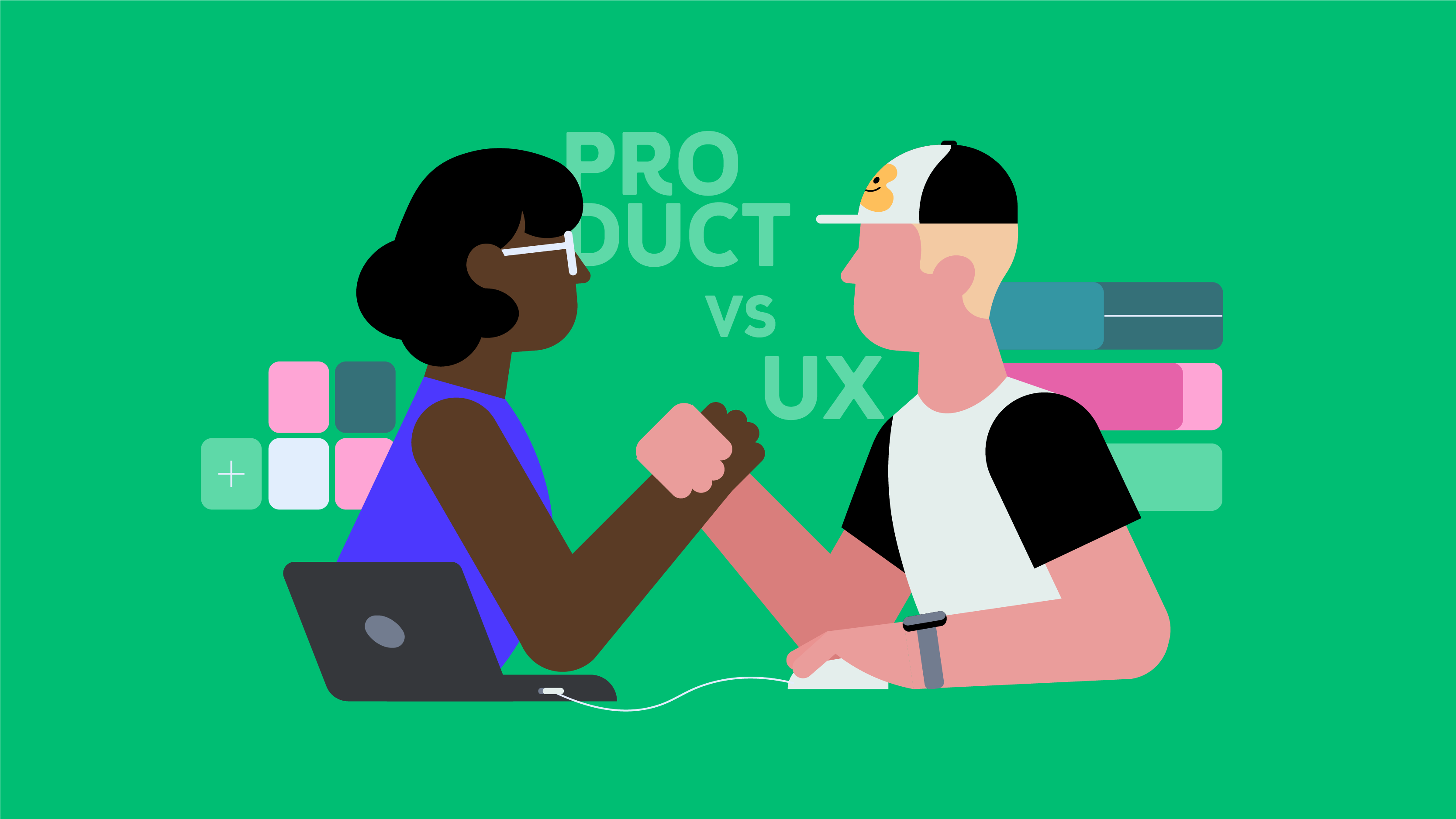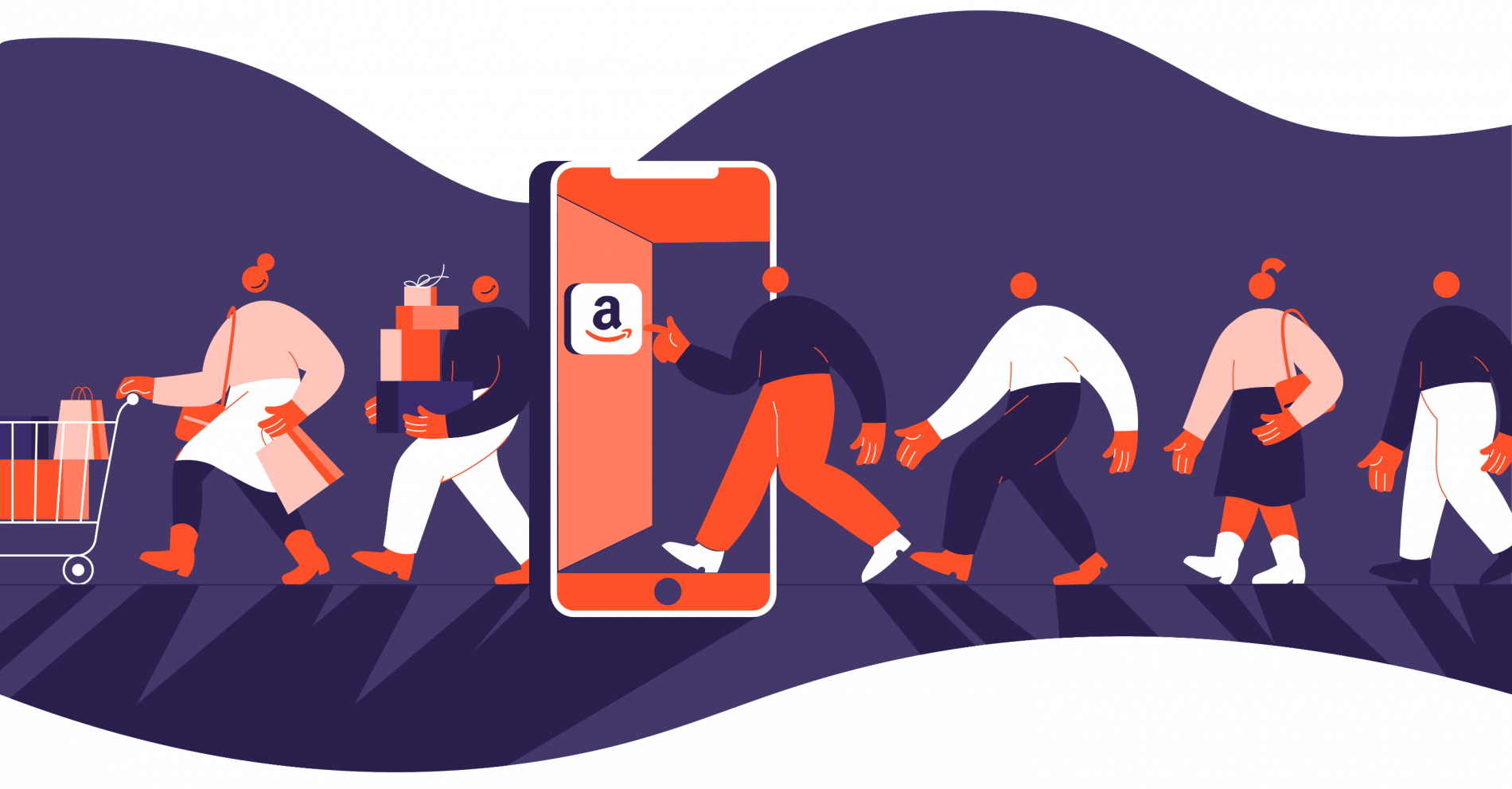Retail is a very fast-paced, competitive, and strict industry, where only those who can adapt and use cutting-edge technology before their competitors will win. Today’s customers have many offers, and it is becoming increasingly difficult to attract them.
Such technologies as augmented reality are the key to a better understanding of your target audience and the correct formulation of the offer. This helps not only to attract the users but also to keep their fragmented attention, stay in their memory, and encourage repeat purchases.
The world of augmented reality is fascinating. Here, cutting-edge technology is reshaping the way customers interact with products and brands. Retailers can craft innovative and memorable marketing campaigns, providing customers with engaging experiences through AR-powered games, contests, and storytelling.
In this article, we explore how augmented reality integration in retail is revolutionizing the industry, enhancing customer engagement, and driving sales. Join us as we explore the transformative impact of AR apps, uncover the latest trends, and discover how embracing this technology can boost your client experience and increase sales in the modern digital age.
What is Augmented Reality, and How Does It Work?
In a few words, Augmented Reality is the blending of digital elements into the physical world, improving the user’s perception. This is a kind of interactive experience, and its main goal is to enhance the real world with computer-generated information. Augmented reality overlays digital content onto real-life environments and objects using specific types of software, advanced mobile apps, and hardware (such as AR glasses, for example).
Unlike Virtual Reality, or VR, which completely immerses users in a computer-generated environment, AR technology works with the existing reality by overlaying virtual elements onto it. Developers achieve this through the use of AR-powered devices like smartphones, tablets, or, as was already mentioned, specialized glasses.
In principle, AR works by utilizing sensors, cameras, and complex algorithms to recognize objects in the real world and insert computer-generated information into them. It allows users to view and interact with digital content while controlling their awareness of their surroundings. This technology basically bridges the gap between the digital and physical environments and experiences, which opens up many possibilities in the retail sector.
How Does AR Increase Sales in Retail?
The retail industry is not only about products but also about impressions. Such businesses’ success largely depends on whether the customer will make a purchase and repeat it. Retailers use every possible way to improve the customer experience, from custom apps to loyalty programs.
All modern technologies can be incredibly helpful in this regard, but augmented reality is a unique tool. It offers something that other solutions do not. AR-based software and applications allow customers to get a unique and memorable experience – almost touch the product, examine it in more detail, and move into another reality.
There are a lot of possibilities for retailers, so let’s take a closer look at the main ways to increase sales using augmented reality capabilities and tools.
Interactive and memorable marketing campaigns
Augmented reality in retail opens up new opportunities for creative and interactive marketing campaigns. Brands can engage customers through AR-powered games, contests, storytelling experiences, etc. It helps to create memorable interactions that resonate with consumers. Such campaigns not only drive brand awareness but also stimulate positive brand associations, increasing the likelihood of future purchases.
Customers who have had a positive gamified experience easily buy products, recommend the brand to their friends and acquaintances and make repeat purchases. Also, after such a marketing experience, they are more likely to remember the brand when they need certain products and do not consider other options.
Immersive and favorable product visualization
AR technology helps to increase sales by enabling customers to visualize products in their intended environment before making a purchase. Whether it’s trying out furniture in their apartments, testing makeup and hair coloring virtually, or previewing clothing on themselves, AR brings products to life in a way that traditional e-commerce cannot.
Augmented reality is constantly evolving. Thanks to this, retailers can improve the immersive experience and provide more realistic tools for visualization. This, in turn, enhances customer confidence, reducing purchase hesitation and boosting sales.
Integration with AI and advanced data analytics
The combination of augmented reality with artificial intelligence (AI) and advanced data analytics tools is another way to increase sales significantly. Why? Because this is a new era of hyper-personalization. Whether it is healthcare software or an online store, analytics and business intelligence give you a huge competitive advantage in the form of valuable target clients’ data and market insights.
Analytical tools help to understand customer preferences and behaviors better, tailoring product recommendations and marketing messages with unparalleled accuracy. And AR technology is the best way of delivering the full experience of using such highly personalized products or services.
Shopping experience personalization
AR-powered apps help retailers to offer personalized recommendations based on individual preferences and purchase history. By analyzing user data, AR technology algorithms can suggest products tailored to each customer’s needs, making the shopping journey more convenient and enjoyable.
Augmented reality in retail is a perfect tool to create some kind of personal touch and make clients feel special and important. It also fosters brand loyalty and encourages repeat purchases so that retailers can have a solid client base.
In-store experiences
Retailers are looking for ways to create a holistic in-store experience by integrating augmented reality into all aspects of their brick-and-mortar establishments. From interactive displays to augmented reality customer service – all developments aim to transform traditional shopping into a dynamic and immersive experience.
Why is this beneficial for business? First of all, this is the easiest way to translate brand values and present identity to clients. Second, such technology increases customer engagement and makes people become interested in your products or services.
More clear and detailed product information
Detailed information about the products or services is critical in the fast retail world. The description must meet the following criteria
- conciseness;
- completeness and comprehensiveness;
- clearness;
- purchase encouragement.
How to combine all of this? How to avoid the irritation of buyers who leave the online platform in the first seconds if they do not see the necessary information? And how to arrange the hooks in such a way that they attract attention but do not create a feeling of advertising and artificiality?
Augmented reality is the key, as it helps to cope with these challenges. It can provide interactive 3D models and animations to demonstrate product features and functionality effectively. This enhanced product information helps customers make informed decisions, leading to increased satisfaction and reduced product returns.
CTA: Ready to revolutionize your sales strategy with AR? Contact us now to unlock the power of augmented reality and boost your customer engagement!
Top AR Trends in Retail Today
AR has rapidly evolved from a futuristic concept into a powerful tool reshaping how consumers interact with brands and make purchasing decisions. The latest trends are revolutionizing the retail landscape, changing our perception of shopping journeys, enhancing customer engagement, and boosting sales.
That is why it is so important to follow augmented reality trends and try to make the most of them. This is the only way to stay ahead of the industry and create a dynamic and enhanced shopping environment. So, let’s take a closer look at the main of them.
Proper UX and UI
In the world of augmented or virtual reality, it is very easy to get lost and confused, especially when it comes to design. The implementation of immersive technologies alone is not enough because you create a user experience in the first place. And without the proper design and thoughtful approach, AR is just an advanced technology that doesn’t keep users on your platform.
So, professional UI/UX design services are the longest-lasting and most permanent trend. It will always be relevant because only specialists know how to fit AR into the concept of your product correctly. And only they can create a system that will use visual and other elements of augmented reality for the right purposes.
Artificial intelligence
Artificial intelligence is the main assistant of augmented reality, so it will be used no less actively in the coming years. Today, this is part of our reality, and retail is no exception.
AI will be involved not only in try-ons but also in obtaining important analytical data, re-mastering the trading space, etc. So this trend is one hundred percent worth paying attention to.
Virtual try-ons
One of the most significant advantages of augmented reality in retail is the ability to provide virtual try-ons for various products. This trend is incredibly popular because it gives users the feeling of real fitting and confidence in their choice. In addition, such an option helps users make an informed purchase decision, avoiding irritation, disappointment, and dissatisfaction. This is how long-term relationships with the target audience are built.
Whether it is trying on clothes, accessories, eyewear, or furniture for the living room, customers can see how items look on them or in their apartments without physically trying them on. This feature not only enhances convenience for shoppers but also reduces the rate of product returns, benefiting both clients and retailers.
Gamified shopping experiences
Augmented reality offers retailers the opportunity to gamify the shopping experience. It helps to transform routine transactions into memorable interactions and create long-term impressions and pleasant memories. And, what is more important, such solutions are suitable for every industry, whether it is a state-of-the-art healthcare portal or local brands online shop.
Developing AR-powered games or scavenger hunts is one of the most exciting and important trends. It is already revolutionizing and changing the industry dramatically. Companies create game experiences within their stores or through mobile apps to interact with customers and grab their attention. It also keeps them engaged and eager to return for more interactive experiences.
Blurring the line between online and offline marketplaces
It would seem that AR exists specifically for online platforms, but for a long time, its capabilities have been used more for offline stores. Now everything has changed.
The application of augmented and virtual reality is not limited to physical stores or retail centers. Online marketplaces are set to adopt AR technology to create virtual shopping experiences from the comfort of consumers’ homes. This will further blur or even eliminate the lines between online and offline shopping, offering clients the best of both environments.
In-store navigation
Navigating large retail stores can be overwhelming for customers, leading to frustration and lost sales opportunities. Developers are actively using the capabilities of augmented reality for navigation needs, and it works. Therefore, this trend is also very important and long-lasting.
AR-powered apps can provide real-time in-store navigation, guiding customers to their desired products and promotions. This streamlines the shopping process, increases customer satisfaction, and encourages exploration within the store, potentially leading to additional unplanned purchases.
CTA: Want to know how exactly AR trends can help you to stay ahead in the industry? Contact us now, and we will help you to utilize AR innovation and transform your business. Embrace the future of retail today!
AR-Powered Apps for E-Commerce: Use Cases
As you already know, AR technology is developing as fast as the retail industry. There are long-term trends that improve over time, and there are instant solutions that transform into something radically new. And the main task of the business is to use both types of trends to its advantage.
Let’s take a look at successful examples of how this was achieved. There are several particularly obvious options for the successful use of AR in retail.
Virtual furniture placement apps
AR-powered apps for furniture retail allow customers to visualize how various pieces of furniture will look and fit within their homes. Users can add virtual furniture and rearrange it to find the perfect fit by simply pointing their smartphone or tablet at a space.
This capability eliminates uncertainty, giving customers the confidence to make informed purchase decisions. In most cases, such applications are created specifically for the needs of a particular retailer, but there are exceptions.
Examples: Room Planner (for IKEA clients), Rooms (changing wall colors, interior design options, and furniture placement), HomeDesigns AI.
Beauty and makeup try-ons
Augmented reality is very popular in the beauty industry as it enables virtual makeup try-ons, allowing customers to experiment with different products and styles in real-time. This virtual beauty experience makes clients more confident in their choices, leading to increased conversion rates and customer satisfaction.
Such technologies can be implemented in mobile applications of beauty product retailers. A lot of companies provide the features of makeup try-ons on their websites, making them more engaging and sophisticated.
Examples: QReal, ModiFace, Revieve
Virtual showrooms
It not only applies to clothing shops. Car dealerships, real estate agencies, and other retailers with large inventories can create virtual showrooms using augmented reality technology. Customers can explore various models, configurations, and features without physically being present, saving time and offering a more engaging experience.
Examples: Tommy Hilfiger Interactive Virtual Showroom, Engel & Volkers Interactive Virtual Showroom, BMW Digital Showroom, Audi Digital Showroom
Interactive product packaging
AR-powered packaging can turn static and boring product packaging into an interactive experience. Customers can scan the packaging with their devices to access additional product information, demonstration videos, or exclusive offers. Augmented reality makes product info more accessible and fun, so many offer special mobile apps to their customers. This not only enhances the unboxing experience but also strengthens brand engagement.
Examples: The Beso de Vino bottle from Grandes Vinos, METRO AR-T app
Cadabra Studio Can Make AR Work for Your Business
Incorporating augmented reality in retail has become a game-changer for businesses, revolutionizing the way customers interact with products and brands. Immersive AR experiences engage clients, make brands memorable and increase clients’ satisfaction.
Developers create applications that allow customers to virtually try on products and get more information about them, which enables them to make more informed purchase decisions without stepping foot in a physical store. This innovative approach not only enhances customer engagement but also significantly reduces the rate of product returns, resulting in increased client satisfaction and higher conversion rates.
At Cadabra Studio, we understand the power and potential that augmented reality holds for businesses, and not retail only. With our expertise and custom solutions, we can help your business to open the true potential of AR and stay ahead of your industry.
We can create custom solutions or integrate AR functionalities into your e-commerce platforms, mobile apps, and in-store displays, providing seamless and interactive shopping experiences. By incorporating features like virtual product showcases and gamified shopping elements, we ensure that your brand stands out from the competition.
If you are ready to take your business to a new level and explore the limitless possibilities of augmented reality, Cadabra Studio is the partner you can trust. Let us help you unlock the true potential of AR and revolutionize your retail business for success in the digital age. Just contact us now.











